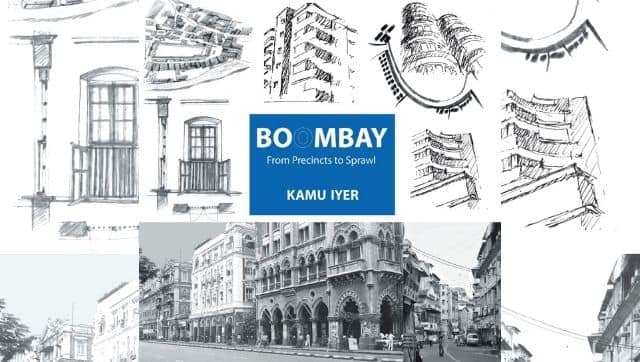Kamu Iyer, architect and author of works such as Boombay: From Precincts to Sprawl passed away on 19 September. He was 88. A resident of Mumbai throughout his life, Iyer was an authority on the city’s changing architectural landscape and on how people make use of public spaces in this bustling metropolis. The prominent architect, in his 2014 work also highlighted the altering arc of the city, tracing the development of Mumbai from the 1940s to the present. According to an article in The Times of India, it was living at Gold Finch, one of what have come to be recognised as the Art Deco buildings of Mumbai, that inspired Iyer to take up architecture at the Sir JJ School of Art. There he would go on to meet the famed architect GB Mhatre who had designed the Gold Finch apartments years ago. [caption id=“attachment_8831831” align=“alignnone” width=“640”]  Iyer’s Boombay: From Precincts to Sprawl traced the city’s development from the 1940s to the present.[/caption] Speaking about Iyer, poet Ranjit Hoskote said that he was a warm and generous person, a remarkable figure in urban history. “His understanding of Bombay’s 20th century architectural evolution was really quite unique.” Hoskote added, “It’s really through Kamu’s research that people became more and more aware of the work of the Civic Improvement Trust and the whole development in the Five Gardens area. Otherwise, people are very happy with this cliché of Art Deco Bombay.” But it was Iyer who expanded “our notion of Bombay well beyond South Bombay to include this whole spine going up into Dadar and Matunga” and showing “the sequence of not only architectural style but also responses to the particular climate and environment of Bombay.” Iyer was born in 1932 to S Ramachandran, a government official and was one of six siblings growing up in the cosmopolitan Five Gardens area in the vicinity of Dadar-Matunga, the first planned suburb in Mumbai. In 1956, with a group of four others who had worked with him with the naval architect Fred Osberg, he started the independent practice, Architects’ Combine. During his career he also went on to serve as Architect to the Government of Karnataka. Architect Rohan Shivkumar, who had worked with Iyer and learnt under him at the Kamla Raheja Vidyanidhi Institute for Architecture and Environmental Studies, said, “He was a very important part of the school, his presence really shaped many of the directions that the school took when he was part of it and his legacy continues to be an important way in which the school participates in issues concerning the city even today.”
A resident of Mumbai throughout his life, Iyer was an authority on the city’s changing architectural landscape and on how people make use of public spaces in this bustling metropolis.
Advertisement
End of Article


)
)
)
)
)
)
)
)
)



